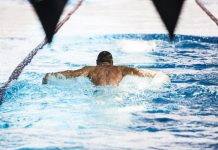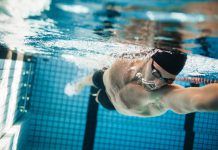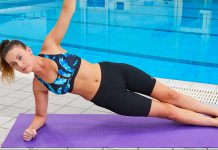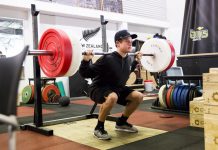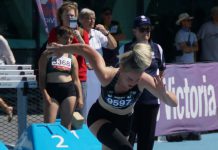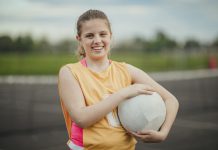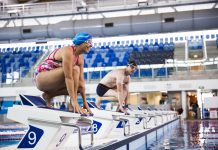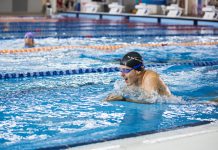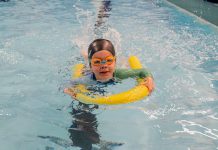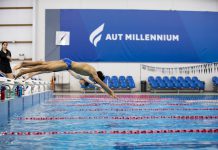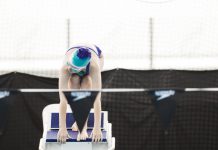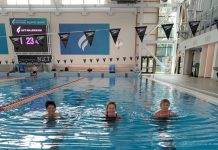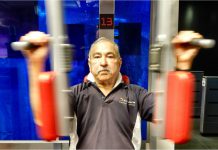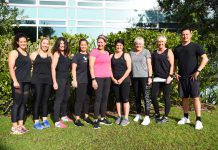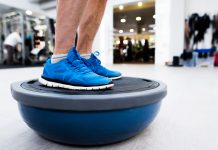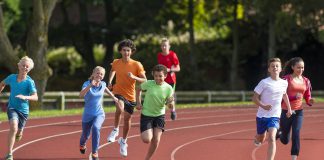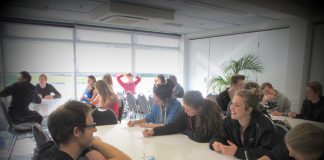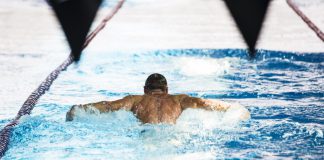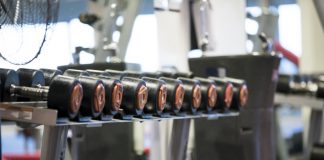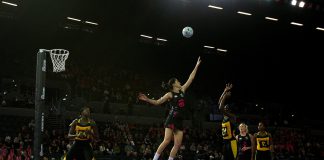If you find yourself competent in freestyle but struggle with the other strokes, and want to expand your skills in the pool, here are some pointers on how to get a good grasp of backstroke, breaststroke and butterfly.
Backstroke:
Backstroke is all about body position. With a flawed body position, you are only going to make it more difficult for yourself. By trying to keep your hips up and your head back, you will improve your overall technique. Like all strokes, the more streamlined you are, the more efficient you will be.
Backstroke body position:
If done correctly, you should have your head back, hips up, and your feet should be kicking on the surface. You can use flotation aids such as pull buoys and kickboards to help you in the initial stage of trying to correct this body position. Body position drills to try include:
- Kicking with your arms in a neutral position on your back (with a flotation aid).
- Once you believe you have the correct position with the aids, you can take these away and try either in streamline or by keeping your arms by your side.
Backstroke pull:
Following this, you can progress to adding in the arms. It is essential to have your arms straight when the out of the water and bent when under the water to maximise the strength and reach of each stroke. Some drills to help you master this might include:
- Single arm backstroke: where the arm you are not using is in the neutral position and you focus on one arm at a time (with or without flotation aids).
- Double arm backstroke: where both your arms go over at the same time in order to optimise your pull and force you to create a bent arm under the water.
If you feel like you are getting the hang of this, then I suggest you try some more complex drills such as Pause 10, and Pause 6 + 3 strokes. These drills help with body rotation, which can be important when wanting to maintain good technique. Body rotation helps your arms to enter the water in line with the rest of the body, which allows for a deeper and stronger catch of the water.
Breaststroke:
Breaststroke is one of the harder strokes to master and can take a lot of practice to make sure you are getting the technique correct. Breaststroke relies on a strong kick, which is different from the other strokes that tend to be pull-dominant. In order to progress with the stroke, it is essential to understand how to kick correctly.
Breaststroke kick:
This kick, unlike the rest, creates a lot of resistance in the water. In order to gain the maximum strength of each kick, you need to bring your feet forward (as opposed to backstroke, freestyle and butterfly where you point your toes). This style of kick can be broken down into the following steps:
- Initial position – Glide with legs extended
- Recovery
- Catch (turn feet out)
- Outsweep
- Insweep until feet are back together
- Leg lift and back into glide
Breaststroke pull:
Once you have got the hang of the kick, you can bring in the arms and breathing. An important tip for the arms is to keep them in front of your body. The arm motion can be broken down into the following steps:
- Outsweep of the arms
- Sweeping around and in (keep your elbows in front of your body)
- Extend your arms back to the starting position
Two of the most important skills to maintain throughout your stroke is the glide, and isolation of the arms and legs. Efficiency is key to maintaining the strength of each stroke and kick. By gliding and isolating the stroke, you are able to be as efficient as possible. Some drills to improve your stroke could be:
- 2 kick, 1 pull (remember to glide)
- Breaststroke swim with an extended glide
- 2 strokes over water, 2 strokes underwater (with isolation and glide)
Butterfly:
Butterfly is a stroke often dreaded by many swimmers, but if you want to give it a go, here are some pointers on how to get the most out of each stroke and kick.
Butterfly kick:
When we swim butterfly, we want to keep a strong kick that is initiated from the hips, and flows through to your feet. The difference between butterfly and freestyle or backstroke kick is that your legs are in sync with each other rather than alternating. The butterfly kick is a good skill to learn as it can also be used when starting each lap of freestyle or backstroke before getting into the stroke. When swimming butterfly, you want to maintain two kicks per arm stroke.
Butterfly strokes:
Butterfly arms are what makes butterfly difficult. The hardest part is to keep both arms going simultaneously. The strokes can be broken down into the following steps:
- Entry
- Extension forward
- Catch
- Pull down past thighs
- Recovery to entry
One other aspect that is worth noting is the timing. It is important to breathe at the initial stage of the stroke and to have your head back down before your arms are fully recovered.
Here are some drills to help you master the stroke:
- Single arm butterfly
- RA-LA-BA (right arm, left arm, both arms)
- Biondi Flick: involves the pull down, however, your hands recover back underwater instead of over the water. This helps to strengthen the pull and improve timing.
Hopefully these tips will help you to understand the other strokes and you can apply these in your swims. If there are any technique tips you’d like us to tackle, let us know by emailing [email protected]


